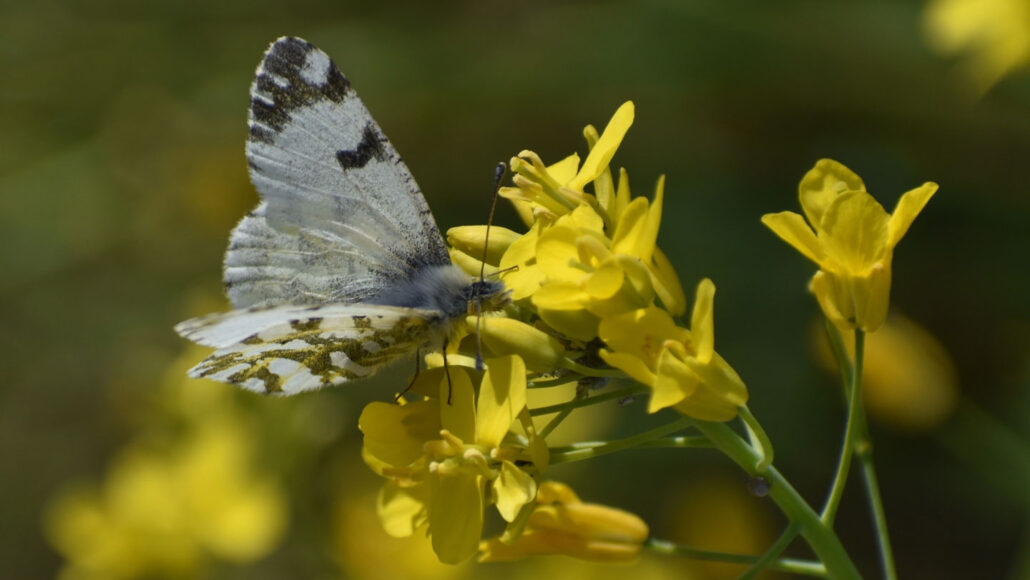Questions for ‘Bees and butterflies struggle to find flowers in polluted air’

This butterfly is sipping nectar from flowers on a black mustard plant. Pollution makes it harder for butterflies and bees to find nectar and pollinate flowers.
Philip Stewart/iStock/Getty Images Plus